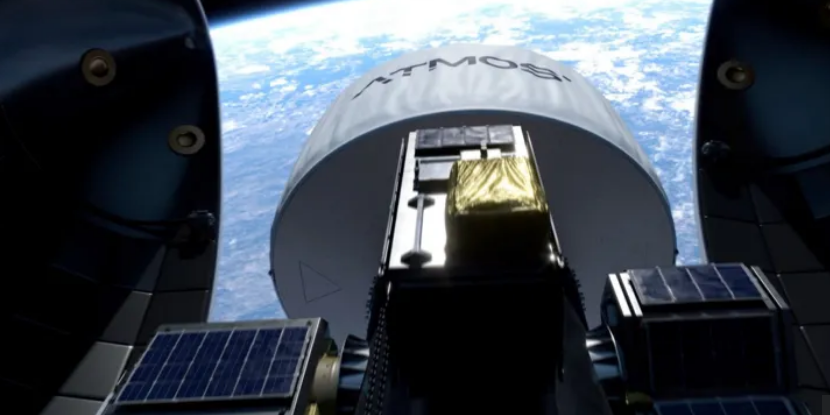A bold new experiment backed by the European Space Agency (ESA) could soon see astronauts dining on lab-grown steak and mashed potatoes in orbit. The project, launched into space aboard a SpaceX Falcon 9 rocket, aims to test whether food grown from cells can be produced in the extreme conditions of space, potentially revolutionizing how humans are fed on long-term missions to the Moon and Mars.
The experiment involves a miniature bioreactor developed by Frontier Space, a UK-based space startup, in collaboration with researchers at Imperial College London. The system, now orbiting Earth inside a small cube satellite, uses precision fermentation to grow food ingredients from genetically modified yeast. This method, similar to traditional fermentation used in brewing, is designed to create proteins, fats, and carbohydrates in microgravity environments.
Dr. Aqeel Shamsul, CEO of Frontier Space, described the project as a critical step toward sustainable space living. “Our dream is to have factories in orbit and on the Moon,” he said. “We need to build manufacturing facilities off-world if we are to provide the infrastructure to enable humans to live and work in space.”
Feeding astronauts currently costs up to £20,000 per person per day. With plans by NASA and other space agencies to establish long-term human presence in space, the need for sustainable food sources is becoming urgent. Dr. Shamsul believes that in the future, space travelers could use 3D printers to create meals from lab-grown ingredients — much like the food replicators imagined in Star Trek.
Back on Earth, Imperial College’s Bezos Centre for Sustainable Proteins is already working on perfecting the science. “We can make proteins, fats, carbohydrates, fibers, and combine them to make different dishes,” explained Dr. Rodrigo Ledesma-Amaro, who is overseeing the development.
The early-stage experiment will orbit Earth for three hours before reentering the atmosphere and splashing down off the coast of Portugal, where it will be recovered and returned to London for analysis. The results will inform the development of a larger pilot food-production unit scheduled to fly to the International Space Station within two years.
Transforming science into cuisine is the task of Jakub Radzikowski, Imperial’s culinary education designer. Though still restricted from using lab-grown ingredients for human consumption, he is currently testing recipes using fungi-derived proteins. His goal: to make meals that are not only nutritious, but familiar and comforting for astronauts of all nationalities.
Among those impressed by the project’s progress is Helen Sharman, the UK’s first astronaut, who tasted one of Radzikowski’s prototype dishes. “It’s delicious and really moreish,” she said, adding that lab-grown food could offer a welcome change from traditional space fare, which includes tins and freeze-dried packets.
Sharman also emphasized the nutritional potential. Lab-grown food could be engineered with tailored nutrients to offset the physiological challenges of space travel, such as bone density loss and hormonal shifts.
“If we want to make space travel sustainable, we’ll need to do more than send up packets of powdered meals,” she said. “This could be the future of food in space.”


